
Click here to listen to the text
China offers a one-of-a-kind blend of ancient heritage and rapid modernization. Over the past 20 years, no country has transformed as swiftly or dramatically.
On one hand, China boasts the world’s largest high-speed rail network, spanning over 48,000 kilometres and revolutionizing travel across the nation.
The Chinese High-speed rail network covers more than two-thirds of the global total, and significantly exceeds the combined length of HSR networks in all other countries. Cities like Shenzhen and Hangzhou use AI to manage traffic lights, reducing congestion dramatically.
In urban China, over 80% of transactions are made via mobile apps like Alipay and WeChat Pay.
On the other hand, China proudly preserves time-honoured traditions through vibrant festivals such as the Chinese New Year, the Dragon Boat Festival, and the Lantern Festival. This unique contrast makes China a fascinating study in both continuity and change.
China is one of the biggest countries in the world, either the third or fourth largest, depending on how you measure it. It borders 14 other countries, more than any other country.
China Standard Time
Even though it stretches across five time zones, the whole country uses just one official time: China Standard Time. That’s, for example, pretty different from the continental United States, which is about the same size but has four time zones.
Multiple climates in one country
China spans five distinct climate zones — from tropical in Hainan to subarctic in Heilongjiang.
Around 18% of all the people on Earth are Chinese
With over 1.4 billion people, China was the world’s most populous country until India took the top spot in 2023. Approximately one-third of China’s population lives in cities, while the rest live in rural areas.
Land of inventions
China is one of the six “cradles of civilization” and the birthplace of countless inventions that revolutionized Western development, so-called “Four Great Inventions”: paper, printing, gunpowder, and the nautical compass.
The state that has continuity for two millennia
China is one of the world’s oldest continuous civilizations. Qin Shi Huang was the founder of the Qin dynasty and the first emperor of China. Rather than maintain the title of “king” borne by the previous Shang and Zhou rulers, he assumed the invented title of “emperor”, which would see continuous use by monarchs in China for the next two millennia. Qin Shi Huang is famed for his army of life-sized 8,000 terracotta warriors along with horses and chariots built to protect him for eternity. The Mausoleum of Qin Shi Huang is a tomb complex located in modern-day Lintong District in Xi’an, Shaanxi.
The economic giant
China has the world’s largest economy by GDP (PPP), and the second largest by nominal GDP. According to Statista preliminary figures, the growth of real gross domestic product (GDP) in China amounted to 5.0 percent in 2024. For 2025, the IMF expects a GDP growth rate of around 3.95 percent.
It is expected to achieve the goal of the world’s largest economy before 2030, but the future will not be without challenges, since China is the world’s largest emitter of CO2. China has committed to peaking CO₂ emissions before 2030 and achieving carbon neutrality by 2060.
In 2024, China is estimated to have around 6 million millionaires. This makes China the country with the second-highest number of millionaires globally, after the United States, which counts 24 million millionaires.
Internationally, China is building on its economic ties with developing countries through infrastructure and development projects such as the Belt and Road Initiative, which is a global infrastructure development strategy adopted by the government of China in 2013. Slovenia is also one of the partner countries under the China-proposed Belt and Road Initiative (BRI) framework, too.
The WALL visible from the Moon
The Great Wall of China, a series of fortifications, is one of the most iconic landmarks. Did you know that the mortar used to bind the Great Wall’s stones was made of sticky rice? The Great Wall is the longest wall you’ll never walk in one go, since it stretches over 21,000 km if you include all sections built over centuries.
The Great Wall of China wasn’t built all at once — it’s a series of walls and fortifications constructed by different dynasties over more than 2,000 years.
In 1988, famous artist Marina Abramović walked about 2,500 kilometres along the Great Wall of China for 90 days. The performance, called The Lovers: The Great Wall Walk, was done with her then-partner Ulay — they started from opposite ends; Abramović from the east, Ulay from the west, and met in the middle to say goodbye, marking the end of their personal and artistic relationship.
China is home to the World’s largest ice festival: Harbin’s International Ice and Snow Sculpture Festival uses 220,000 cubic meters of ice from the Songhua River.
China is rich in traditions and unique customs. The Chinese New Year, or Spring Festival, is the happiest time of the year for all the children in China.
During Chinese New Year, the world witnesses the largest human migration on Earth, with billions of trips made in weeks.
No matter what region or background their families are from, Chinese receive a hongbao, or lucky money, for the Spring festival. The elders in the family give as a gift brand-new bills in a red envelope that represents blessings for the year to come. Usually, Chinese people stop receiving their hongbao when they start to work, but in some parts of China, for example, Guangdong and Hong Kong, people can continue receiving their hongbao until they get married.
The world’s oldest living language
Mandarin Chinese has evolved from ancient forms but retains connections to writing from over 3,000 years ago.
In Chinese culture, red colour is a symbol of happiness and good luck, while white is linked to mourning.
Table tennis holds the title of China’s national sport. Interestingly, chopsticks—now a common eating utensil—were first used around 5,000 years ago, but for cooking, not eating!
China is “home to” half of all the pigs in the world.
In Chinese culture, the number 8 is widely considered the luckiest number, closely followed by 2, 6, and 9. The number 8, pronounced “ba,” sounds similar to the word “fa,” which means “to prosper” or “to become wealthy”. This linguistic connection makes 8 a symbol of wealth and good fortune.
Giant Panda’s exclusive homeland
Another national treasure is the giant panda. The giant panda lives in the misty mountains of central China and nowhere else on Earth. Wild giant pandas naturally live only in a few mountain ranges in Sichuan, Shaanxi, and Gansu. Due to habitat loss and past hunting, they are an endangered species, with only about 1,800 pandas living in the wild.
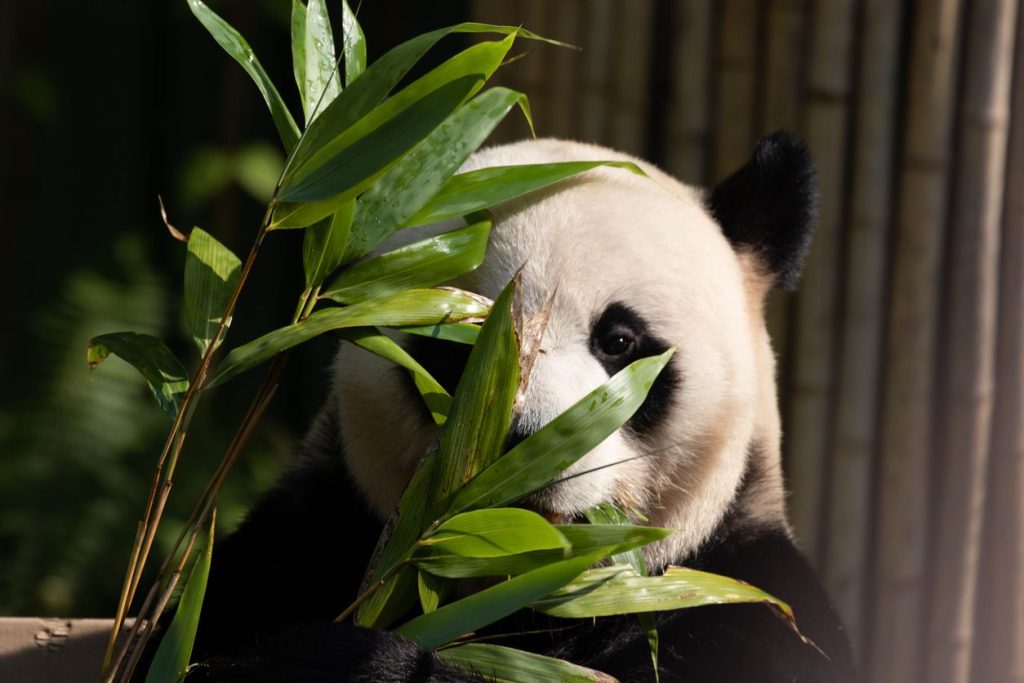
Have you heard the expression Panda diplomacy?
It is the practice of sending giant pandas from China to other countries as a tool of diplomacy and wildlife conservation. From 1941 to 1984, the Chinese government gifted pandas to other countries. Since 1984, they have been “leased” rather than gifted due to a PRC policy change. All pandas have Chinese citizenship wherever they live abroad.
Geographically, China is a country of extremes. It’s home to both the highest and one of the lowest points on Earth—Mount Everest at 8,848 meters (29,029 feet) and the Turpan Depression at 154 meters (505 feet) below sea level. Temperatures in the Turpan area can swing from a scorching 49°C (120°F) in summer to a freezing -29°C (-20°F) in winter!
The Yangtze River is Asia’s longest (6,300 km) and is the world’s busiest inland waterway by cargo volume.
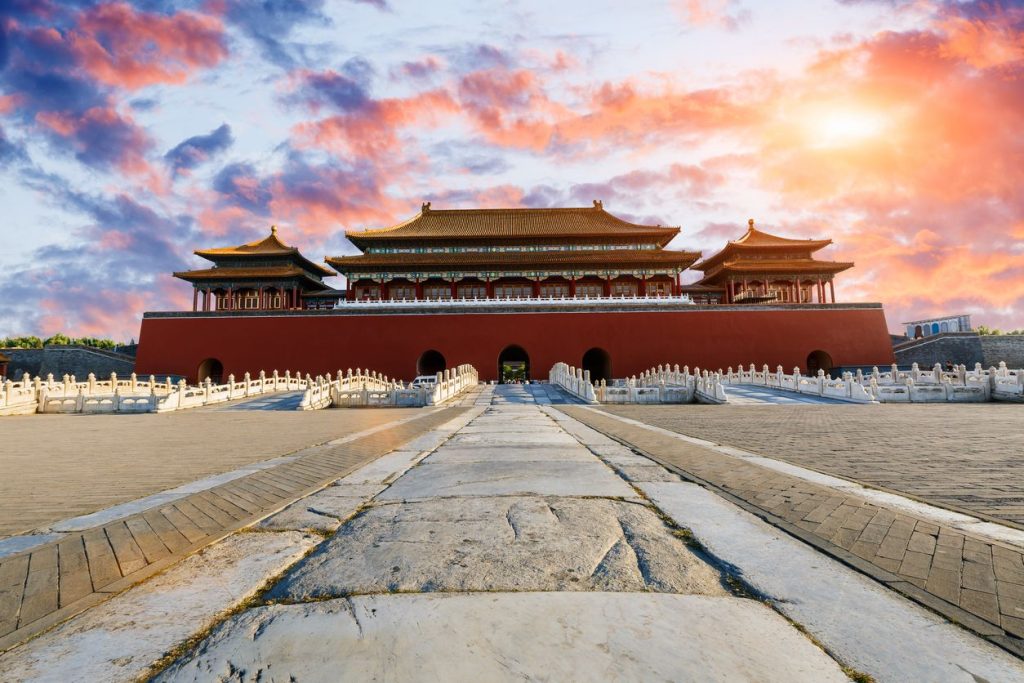
The crown jewel of China’s imperial palaces, the Forbidden City, served as the seat of Ming- and Qing-dynasty emperors for over 500 years. It is now a UNESCO World Heritage Site and a popular museum. Built in the early 1400s, the palace complex has 9,999 rooms. The legend says it was one short of heaven’s 10,000.
Mount Everest straddles the border between Nepal and China (specifically the Tibet Autonomous Region). The summit itself is exactly on the border, so one side of the mountain is in Nepal, and the other side is in China.
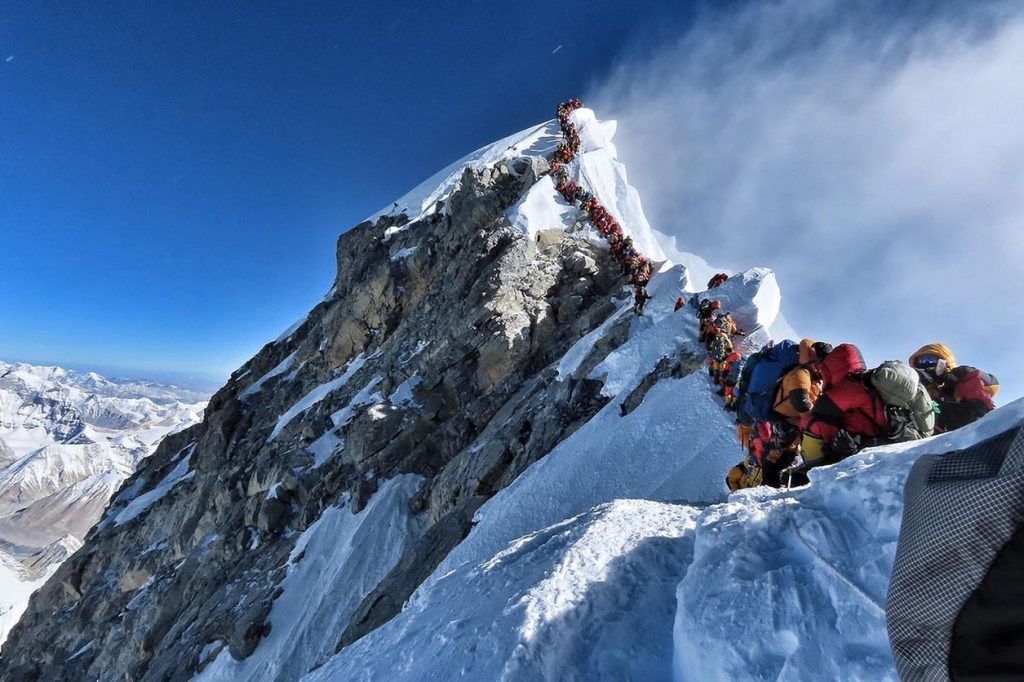
So, yes—part of Mount Everest is in China.
Fun fact: China and Nepal even agreed in 2020 on the official height — 8,848.86 meters — after measuring it together.
As of 2024, more than 6,600 individual climbers have successfully reached the summit of Mount Everest.
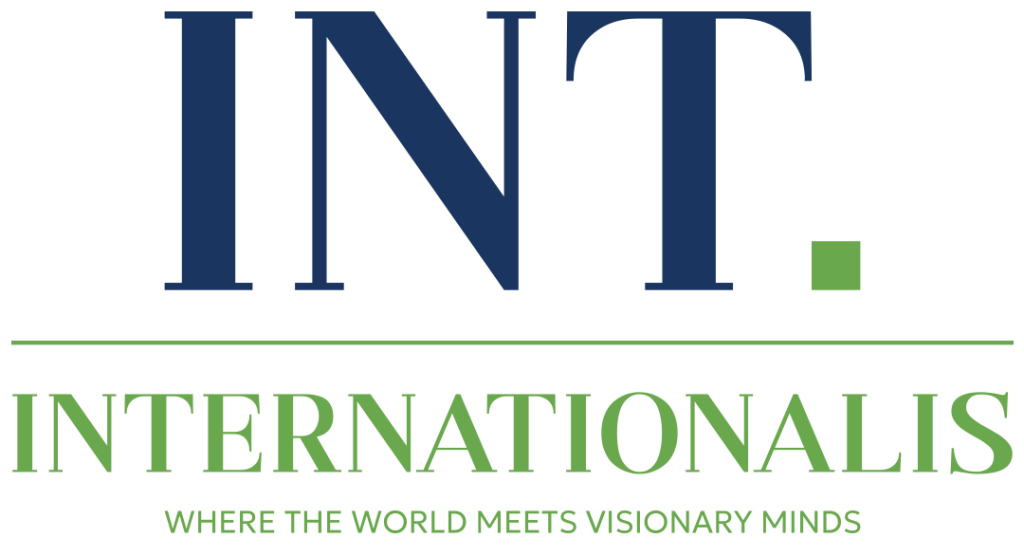
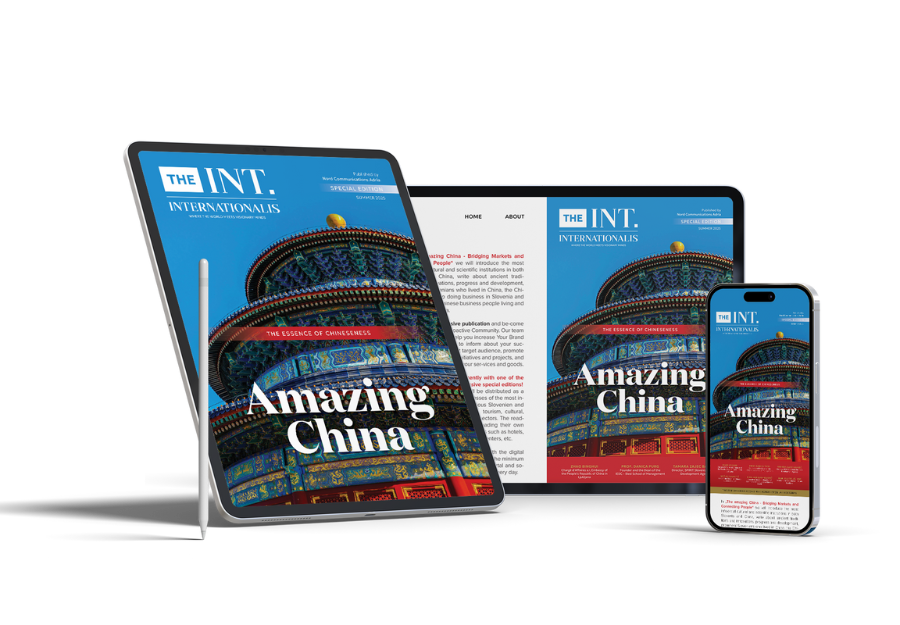
Get news before anyone else!
This audio recording was generated using AI technology. While every effort has been made to ensure clarity and accuracy, please note that the pronunciation of non-English words—particularly Chinese—may not always be correct. We appreciate your understanding and acknowledge that any mispronunciations are unintentional. Internationalis Media is not responsible for potential inaccuracies in AI-generated speech.